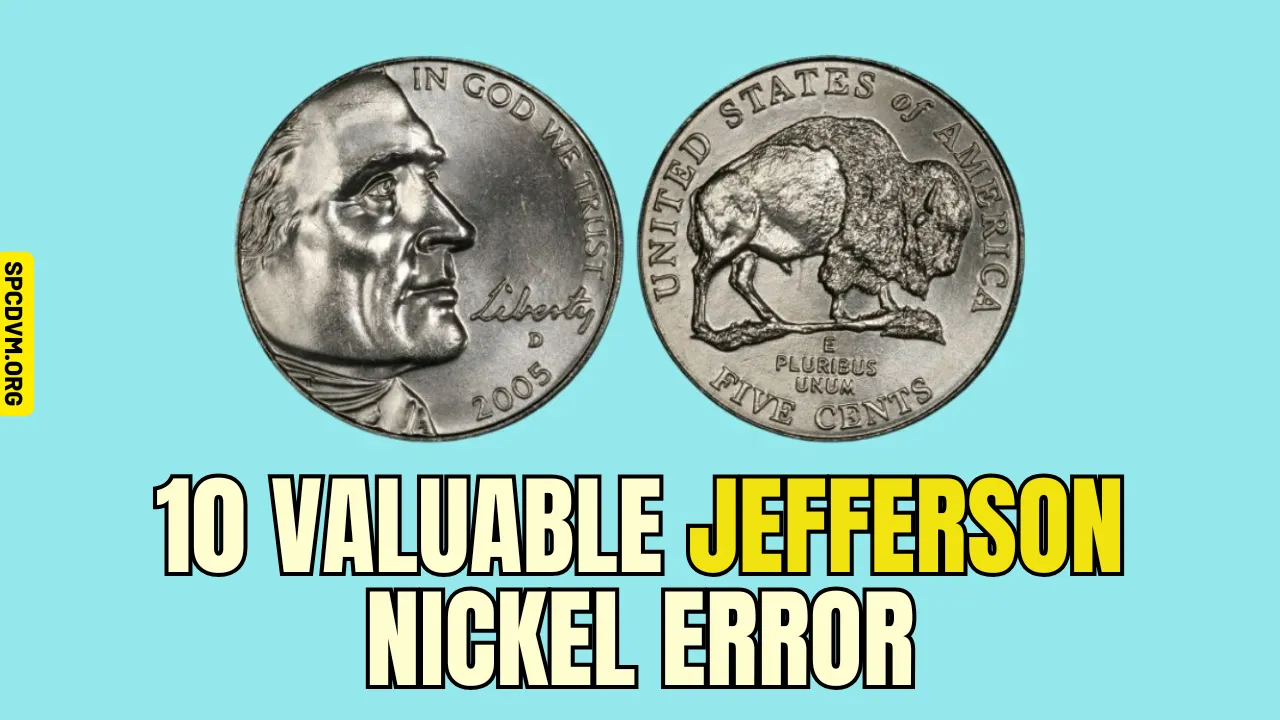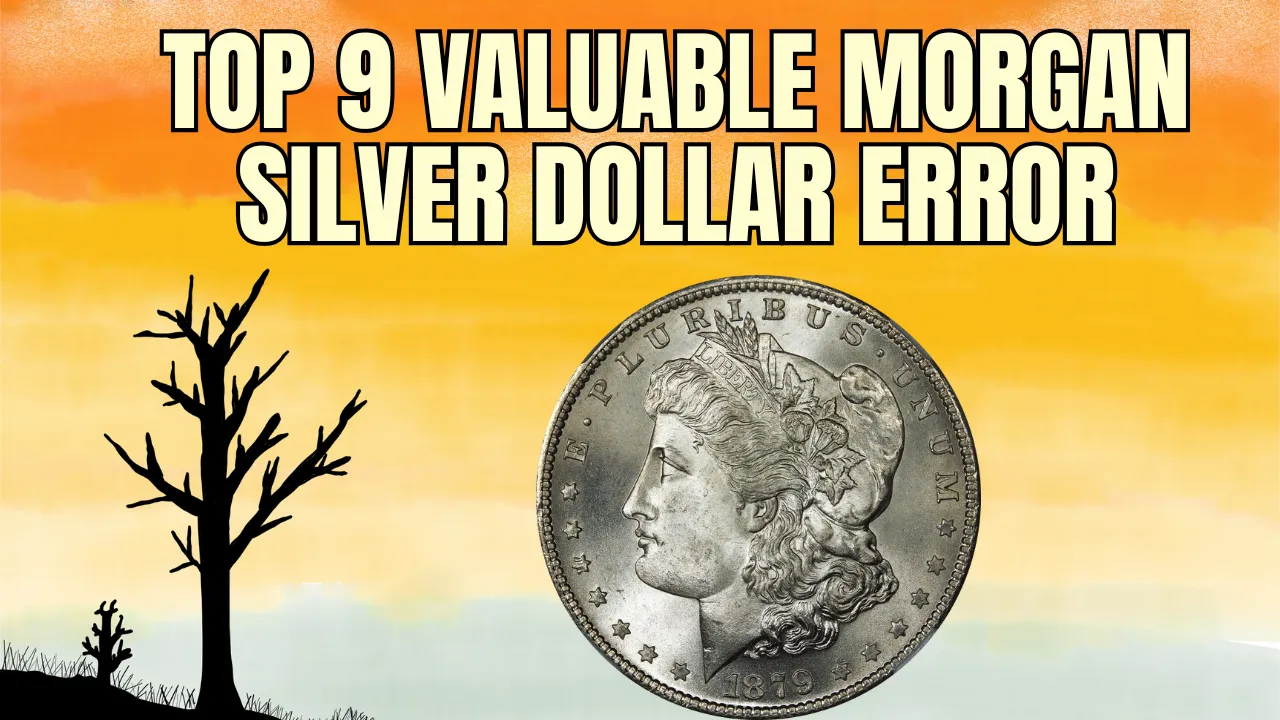Washington Quarter Clad: The Washington Quarter Clad 1965-1998 is a staple in American coin history. While it may seem like just an ordinary coin, it played a vital role in adapting to economic shifts and shaping modern coinage. For collectors, hobbyists, or even curious individuals wondering if their old quarters hold any hidden value, the story of this coin is worth exploring.
In this article, we’ll take you through the fascinating history behind the Washington Quarter Clad 1965-1998, its distinctive design features, production highlights, and what collectors should know about its value today.
Quick Overview of Washington Quarter Clad 1965-1998
| Feature | Details |
| Issued Years | 1965-1998 |
| Designer | John Flanagan |
| Metal Composition | Outer layer: 75% copper, 25% nickel; Core: Pure copper |
| Weight | 5.67 grams |
| Diameter | 24.30 mm |
| Edge | Reeded |
| Obverse Design | Left-facing portrait of George Washington |
| Reverse Design | Heraldic eagle with arrows and olive branches |
| Mintmarks | Philadelphia (No mintmark), Denver (D), San Francisco (S) |
| Special Issues | 1976 Bicentennial Quarter with Drummer Boy reverse |
| Popular Collectible Years | 1965, 1967, 1972-D, 1983-P, 1994-P, 1997-D |
The Evolution of Washington Quarter Clad 1965-1998
Why the Change to Clad?
Prior to 1965, quarters contained silver, making them intrinsically valuable. However, by the early 1960s, rising silver prices and a booming economy posed a challenge for the U.S. Mint. People began hoarding silver coins, and the vending machine industry’s rapid growth increased coin demand. The solution? Replace silver with a more affordable and durable metal.
The Coinage Act of 1965 officially introduced the Washington Quarter Clad 1965-1998 series, shifting to a cupronickel-clad composition. This allowed the Mint to meet public demand and reduce production costs while maintaining the quarter’s usability in commerce.
Distinctive Design Features
Obverse: Washington’s Portrait
The obverse of the clad quarter features the iconic left-facing bust of George Washington. Sculptor John Flanagan’s design, first seen in 1932, was based on a famous bust by French artist Jean-Antoine Houdon. The simple yet bold design includes:
- LIBERTY inscribed at the top
- IN GOD WE TRUST to the left of Washington
- The year of issue at the bottom
- Designer initials “JF” near Washington’s neckline
Reverse: The Heraldic Eagle
The reverse displays a heraldic eagle perched on a bundle of arrows, symbolizing military strength. Two olive branches below the eagle represent peace. Around the top rim, the words UNITED STATES OF AMERICA and E PLURIBUS UNUM are inscribed, while the denomination QUARTER DOLLAR curves along the bottom.
A notable deviation occurred in 1976 when the Mint temporarily replaced this reverse with a special design to celebrate America’s Bicentennial, featuring a colonial drummer boy.
Key Production Milestones
The Early Years (1965-1967)
Between 1965 and 1967, the Mint eliminated mintmarks to prevent hoarding, as people were still holding onto silver coins. All quarters from these years were struck without mintmarks, making them indistinguishable by mint origin.
Return of Mintmarks and Proof Sets (1968)
By 1968, mintmarks returned, allowing collectors to distinguish between coins from Philadelphia, Denver, and San Francisco mints. Additionally, the Mint resumed issuing Proof and Uncirculated Coin Sets, giving collectors access to higher-quality coins.
Bicentennial Quarters (1975-1976)
To celebrate the nation’s 200th birthday, special quarters were minted featuring the dual date 1776-1976 and a unique reverse design of a colonial drummer, created by Jack Ahr. Over a billion Bicentennial quarters were issued in clad format, and they remain popular among collectors today.
Final Years and Transition (1977-1998)
After the Bicentennial celebration, the familiar eagle reverse returned in 1977 and continued until 1998. This marked the end of the original Washington Quarter design before it was replaced by the 50 State Quarters program in 1999.
Value of Washington Quarter Clad 1965-1998
For most dates in this series, circulated examples are easily found and typically only worth face value. However, certain factors can increase a coin’s desirability and price:
Uncirculated and High-Grade Coins
Coins in uncirculated condition (graded MS67 or MS68) can command premiums. Grading agencies like NGC and PCGS certify these coins, and their value depends on rarity, condition, and demand.
Special Issues and Varieties
While most clad quarters are common, certain years like:
- 1972-D
- 1983-P (especially varieties and mint errors, like the “ghost coin”)
- 1994-P and 1997-D in high grades
are more valuable.
Proof Coins
Proof quarters, particularly those struck in San Francisco, carry a modest premium due to their special finish and limited mintage.
Why Collect Washington Quarter Clad 1965-1998?
If you’re a beginner, collecting this series is an excellent way to start. Here’s why:
- Complete Sets Are Accessible: With patience, assembling a full date-and-mintmark set is affordable and achievable.
- Variety of Designs: The inclusion of the 1976 Bicentennial quarter adds diversity to any collection.
- Opportunities for Rare Finds: High-grade and error coins can add excitement and value to your hunt.
FAQs About Washington Quarter Clad 1965-1998
1. What metals are used in Washington Quarter Clad 1965-1998?
These quarters have a copper core with outer layers made of 75% copper and 25% nickel.
2. Are clad Washington Quarters from 1965-1998 rare?
Most circulated coins are common, but uncirculated or high-grade coins can be valuable to collectors.
3. What is special about the 1976 Bicentennial Quarter?
It features a unique colonial drummer design on the reverse and a dual date, 1776-1976, celebrating America’s 200th anniversary.
4. How can I tell where my quarter was minted?
Check for a mintmark (D, S) on the reverse below the olive branches. Coins from 1965-1967 do not have mintmarks.
5. Are there any known error coins in this series?
Yes, the 1983-P quarter is well-known for having varieties and minting errors like the “ghost coin.”
Final Thought
The Washington Quarter Clad 1965-1998 might seem like just another coin in your change jar, but its history is rich and its potential value shouldn’t be overlooked. Whether you’re filling in a collection, hunting for high-grade specimens, or simply learning about American coinage, this series is full of interest and opportunity.
Feel free to share your favorite finds or any interesting quarters you’ve come across! And if you’re ready to dive deeper into coin collecting, explore more articles to expand your numismatic knowledge.

















